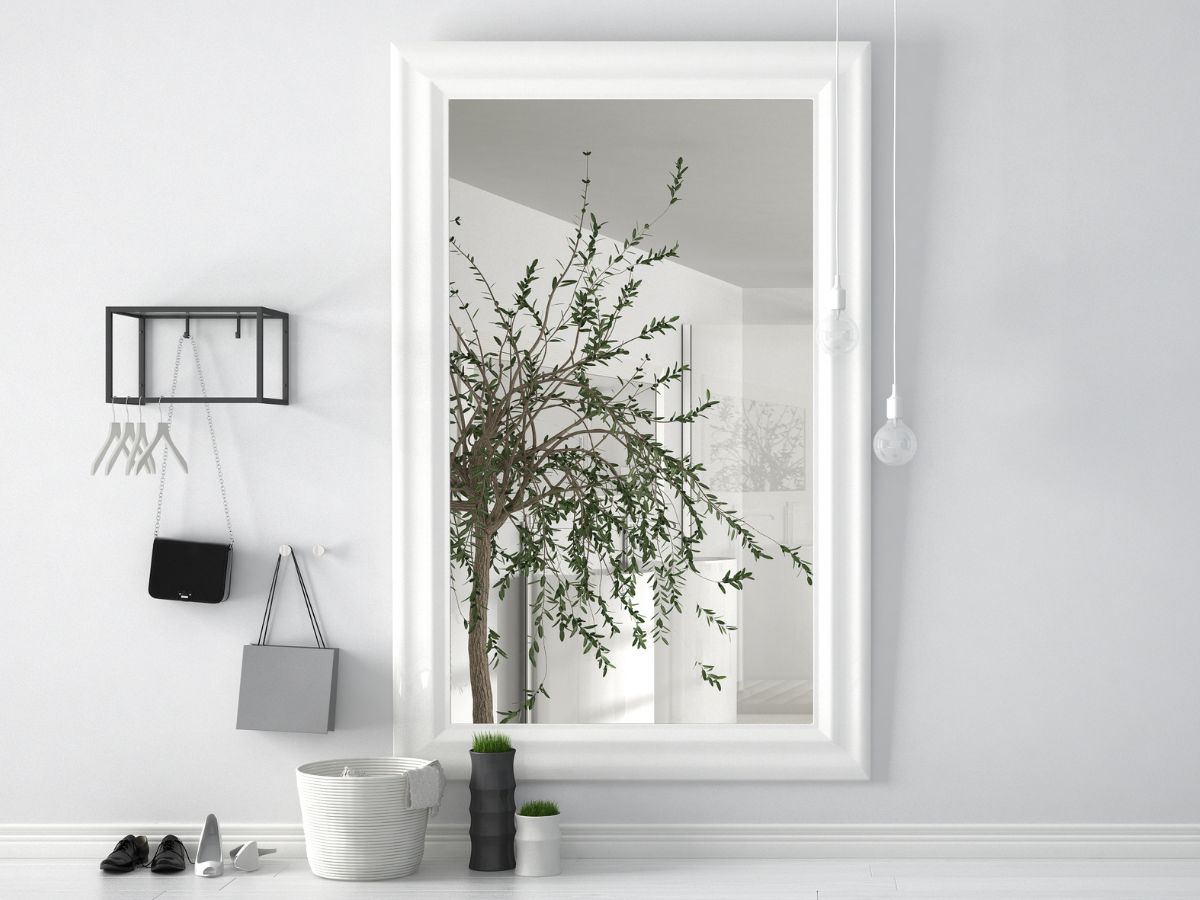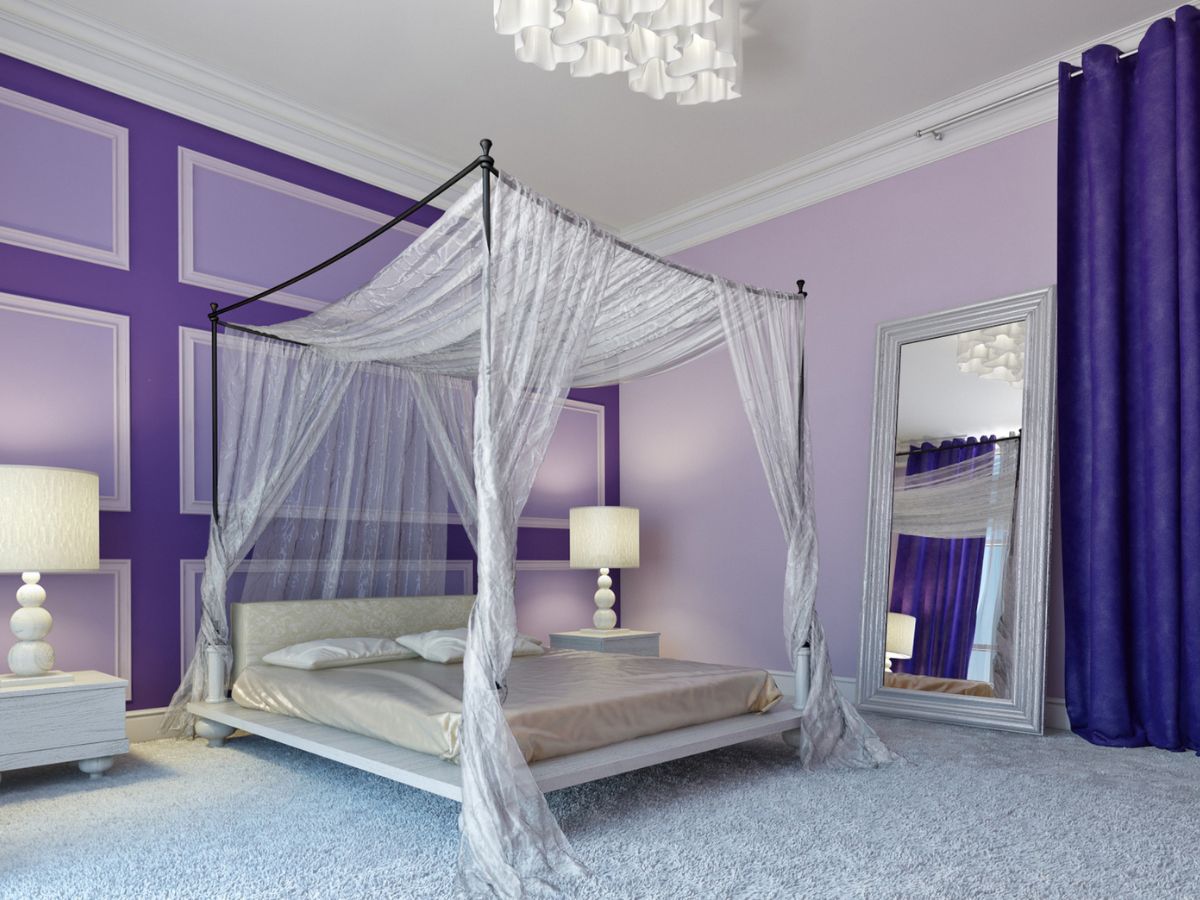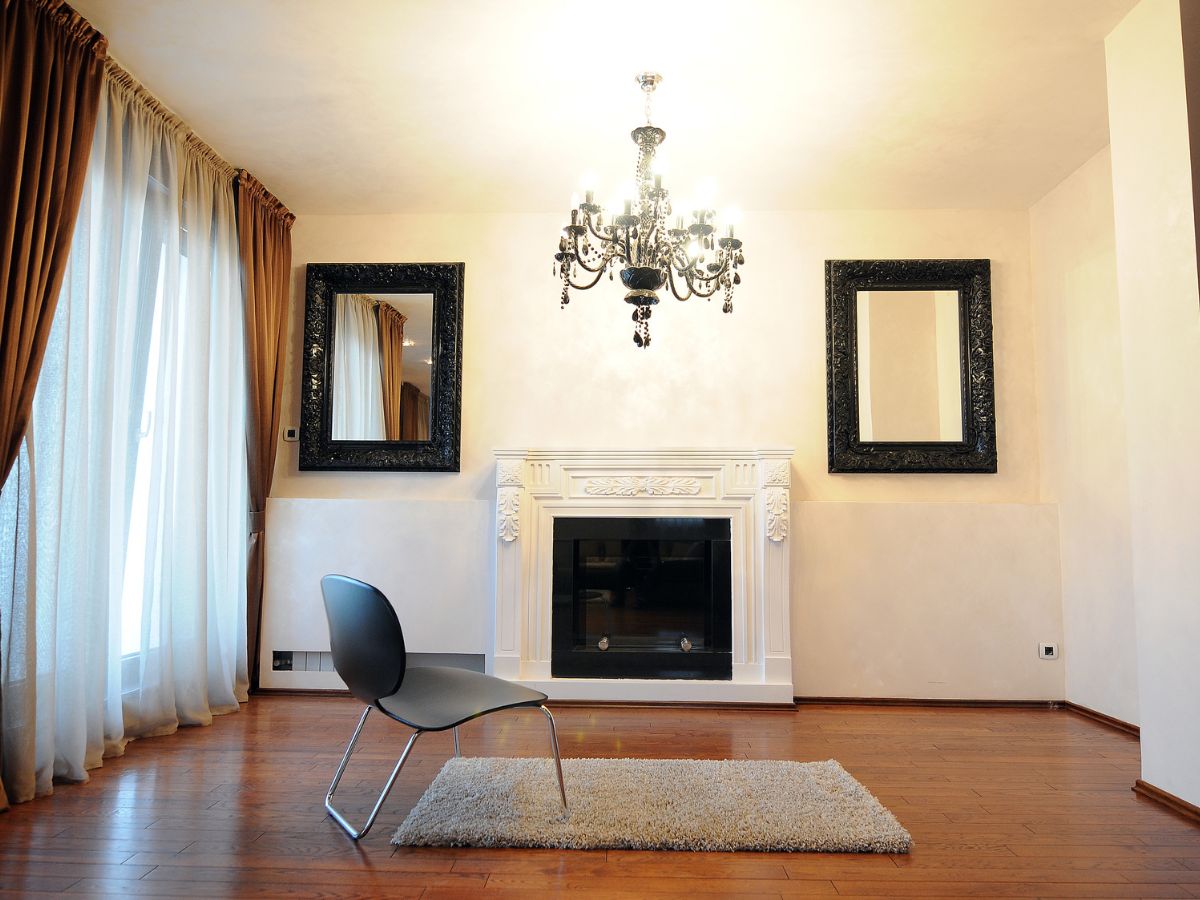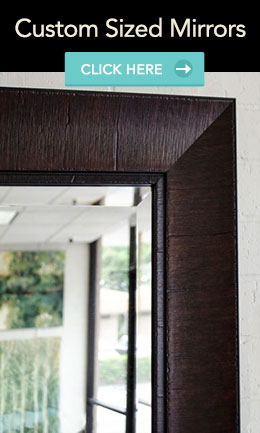
Mirrors as Art: How Framed Mirrors Add a Decorative Touch to Any Space
Mirrors have evolved beyond their practical use and now hold an important place as decorative art pieces in modern interior design. Framed mirrors add depth, light, and aesthetic appeal, making them a versatile option for transforming any space. Here’s how you can use framed mirrors as art to elevate interiors for your clients.
1. Creating the Illusion of Space
One of the most popular uses of mirrors in design is to visually expand a room. Large, framed mirrors, particularly when custom-sized to fit a wall or niche, can make a small room feel more spacious. This effect is especially useful in apartments and urban spaces where every square foot counts. Research shows that strategically placing mirrors in compact areas can reduce visual clutter and create a more open feel, which is highly beneficial for clients with smaller living spaces.
2. Maximizing Natural Light
Mirrors can significantly brighten a room by reflecting natural light. When placed across from a window or light source, a well-positioned framed mirror can amplify sunlight, reducing the need for additional lighting during the day. This approach not only enhances the room’s ambiance but also provides energy efficiency benefits. According to Glazonoid, mirrors help distribute light evenly, leading to reduced electricity usage during daylight hours—a feature that resonates with eco-conscious homeowners and businesses.
3. Serving as a Focal Point
Just like artwork, framed mirrors can act as bold focal points. Large, ornately framed mirrors above fireplaces or in entryways draw attention and create a sense of luxury. For example, an oversized mirror with a custom frame can serve as an eye-catching statement piece, bringing sophistication to lobbies or living rooms. This design choice not only adds to the visual appeal but also provides a functional aspect, allowing people to check their appearance or admire the room’s aesthetic.
4. Enhancing Design Versatility
Framed mirrors offer flexibility in design styles. From minimalistic frames that complement modern spaces to antique frames that lend a rustic touch, mirrors are adaptable to various interior themes. For example, pairing framed mirrors with sleek frames suits a contemporary look, while wooden frames add warmth and texture, ideal for boho or rustic designs. Custom-sized mirrors can also be tailored to fit specific wall spaces, making them versatile additions that can adapt to a client’s unique needs.
5. Mirrors as Art Installations
Mirrors grouped as a gallery wall or creatively arranged across a large space can transform them into art installations, offering an innovative alternative to traditional art pieces. This method allows designers to play with symmetry, asymmetry, and spacing, giving an artistic edge to the space. In addition, mirror designs that incorporate decorative frames, etching, or color variations add dimension, drawing the eye and sparking conversation among guests and clients alike.


